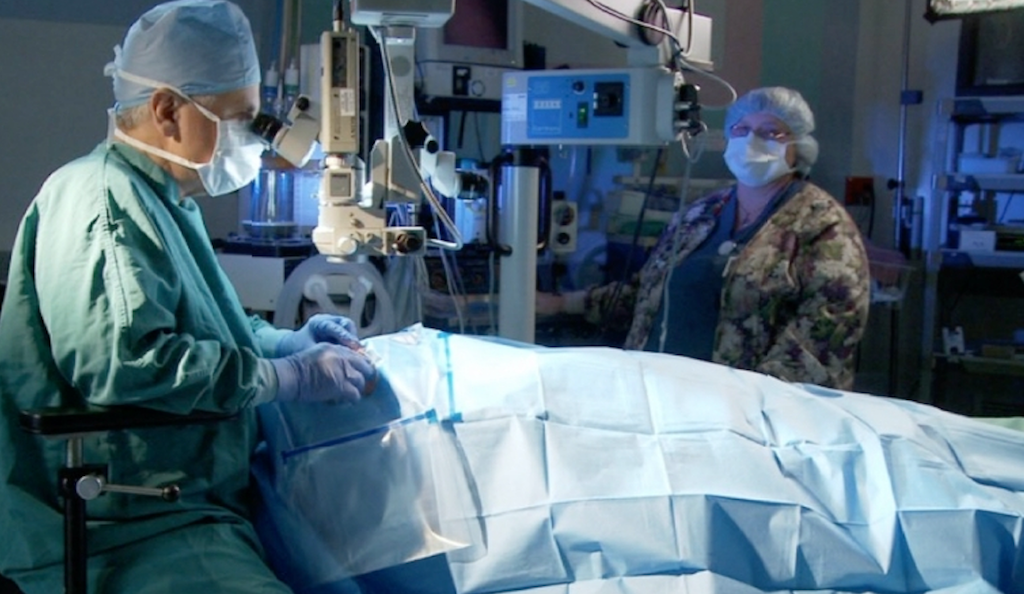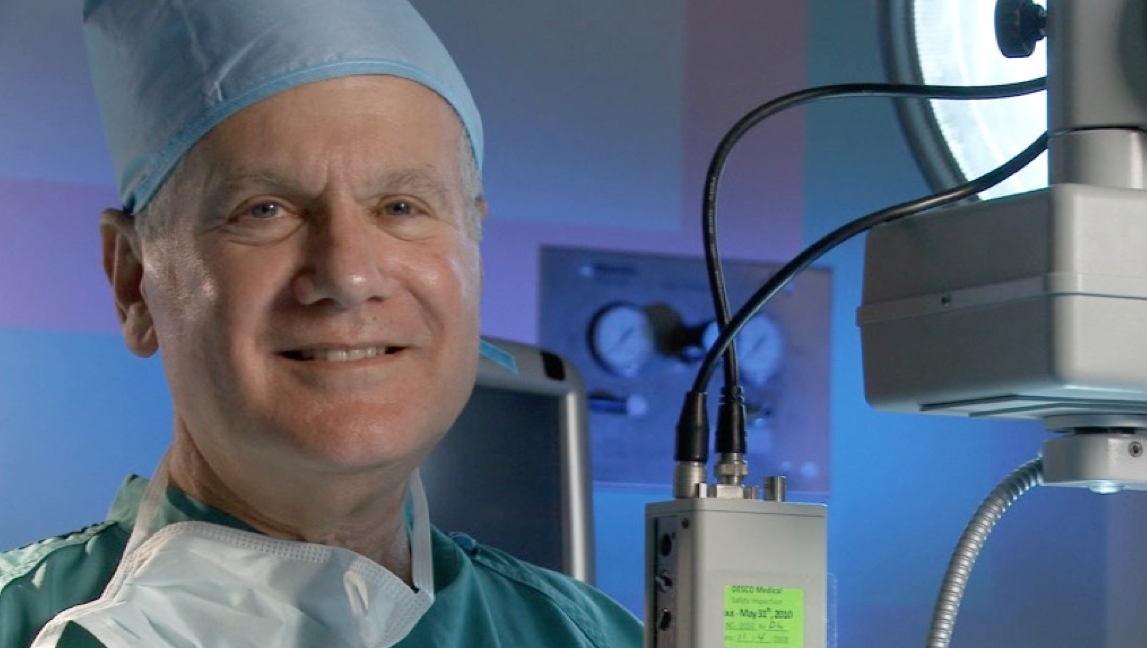 Nearly 24.5 million Americans have cataracts, which is a leading cause of blindness, according to the American Academy of Ophthalmology. Your eye’s natural lens must be clear for the retina to receive a sharp image. If you have cataracts, your eye’s natural lens becomes cloudy, like looking through a foggy windshield. This will gradually limit a person’s ability to do simple tasks, such as reading a book or seeing road signs.
Nearly 24.5 million Americans have cataracts, which is a leading cause of blindness, according to the American Academy of Ophthalmology. Your eye’s natural lens must be clear for the retina to receive a sharp image. If you have cataracts, your eye’s natural lens becomes cloudy, like looking through a foggy windshield. This will gradually limit a person’s ability to do simple tasks, such as reading a book or seeing road signs.
During cataract surgery, Dr. Benaim, our resident ophthalmologist, can remove your eye’s clouded natural lens and replace it with a clear, artificial lens. Dr. Benaim has performed more than 20,000 cataract removal surgeries, so you can rest-assured that you’re in good hands.
If you’re experiencing blurred vision, you should get tested for cataracts. Book an appointment today to get back on the path toward clear vision.
Who Needs Cataract Removal Surgery?
A cataract is the clouding of the eye’s natural crystalline lens. The lens helps focus light rays onto the retina, which translates the image to the brain. After the lens becomes cloudy, it is impossible to return the lens to its clear state with medications. Cataract removal surgery will be required.
How do you know if you need cataract removal surgery?
Some signs of cataracts include:
- Inability to perform your job or drive safely
- Difficulty reading or watching TV
- Struggling with everyday tasks, such as cooking or cleaning
- Feeling uncomfortable in bright lighting
If you experience any of these symptoms, schedule an appointment with Dr. Benaim, who can determine whether or not you have cataracts and require cataract removal surgery.
 Preparing for Cataract Removal Surgery
Preparing for Cataract Removal Surgery
If you do, in fact, need cataract removal surgery, Dr. Benaim will walk you through the process and answer any questions.
Then, Dr. Benaim will help you select a clear, artificial lens, which will replace your eye’s natural lens that has become clouded due to cataracts. He will also consider your current prescription and whether or not you have astigmatism before he helps you select a permanent lens.
Finally, Dr. Benaim’s team will work with you to select a day and time for surgery that best aligns with your schedule.
What to Expect During Cataract Removal Surgery
Before the surgery, the eye must be properly cleaned and dilated so that a topical anesthetic can be administered. A small incision will be made and a small ultrasonic device will be inserted. The front part of the lens envelope, known as the lens capsule, is carefully opened and the hardened, yellowed proteins that form the cataract will be pulverized and removed.
 The clear artificial lens that was selected by you and Dr. Benaim is then inserted through the original incision and centered within the lens capsule. The lens will stay inside your eye without moving. Intraocular lenses cannot be felt or sensed in any way. Dr. Benaim will make sure the lens is positioned correctly and the opening will self-seal, without the need for stitches.
The clear artificial lens that was selected by you and Dr. Benaim is then inserted through the original incision and centered within the lens capsule. The lens will stay inside your eye without moving. Intraocular lenses cannot be felt or sensed in any way. Dr. Benaim will make sure the lens is positioned correctly and the opening will self-seal, without the need for stitches.
The surgery is typically an outpatient procedure, lasting about 10 to 15 minutes.
Recovery Time After Cataract Removal Surgery
The recovery period after cataract surgery is generally pretty short, with some recovering as quickly as 24 hours.
Patients are given different eye medications to be administered as drops several times a day for the first few weeks after surgery. During this same time period, please refrain from rubbing your eyes.
Results of Cataract Surgery
Most patients achieve noticeably better vision within the first 24 hours of the procedure. After you return home, Dr. Benaim often likes to call to check up on you and ask how you’re doing. Our team will also schedule a follow-up appointment with you to ensure that everything looks good, you’re seeing clearly again, and enjoying the ability to see the world through “new” eyes.
To schedule an appointment to test for cataracts, please call (561) 747-7777.
 New Address:
New Address: